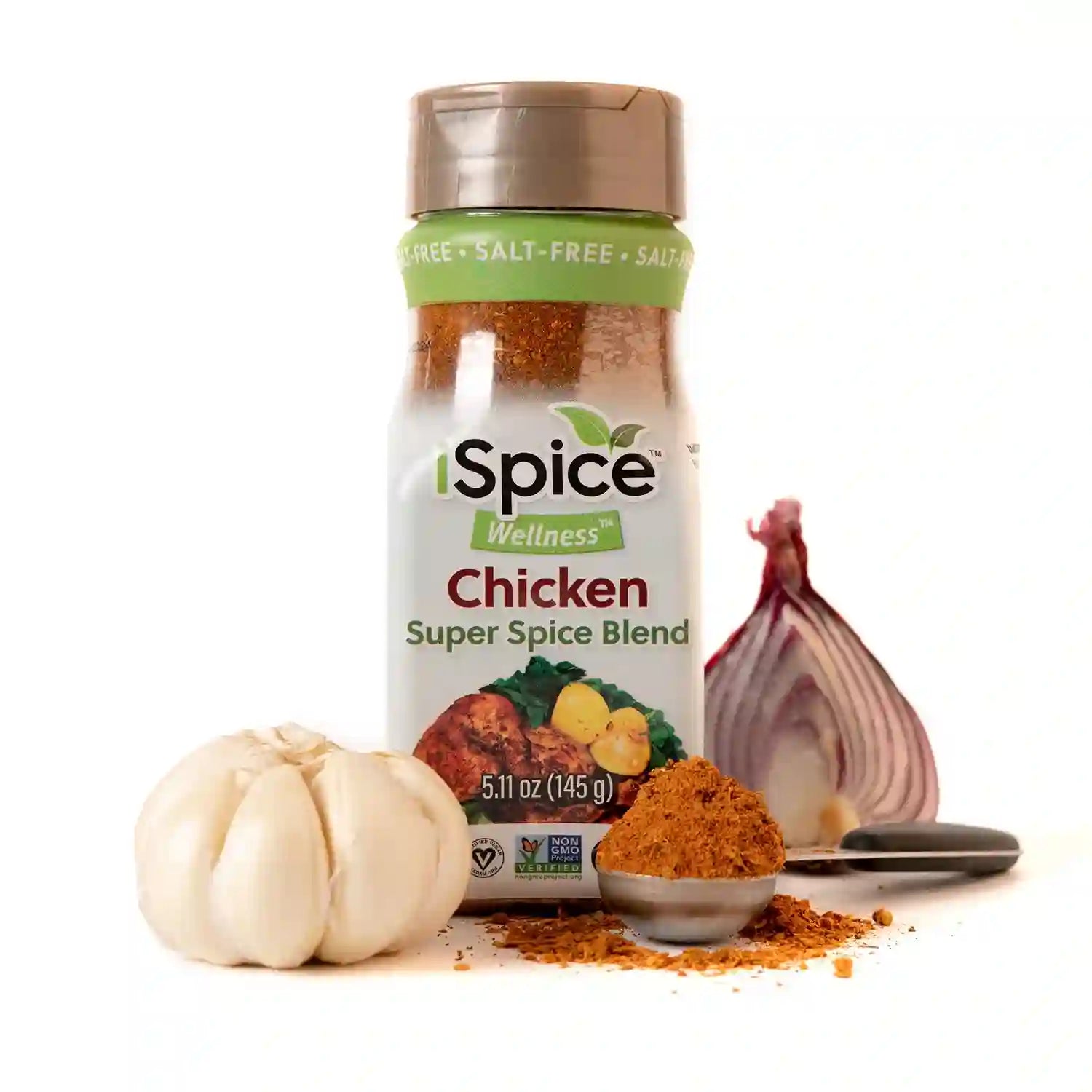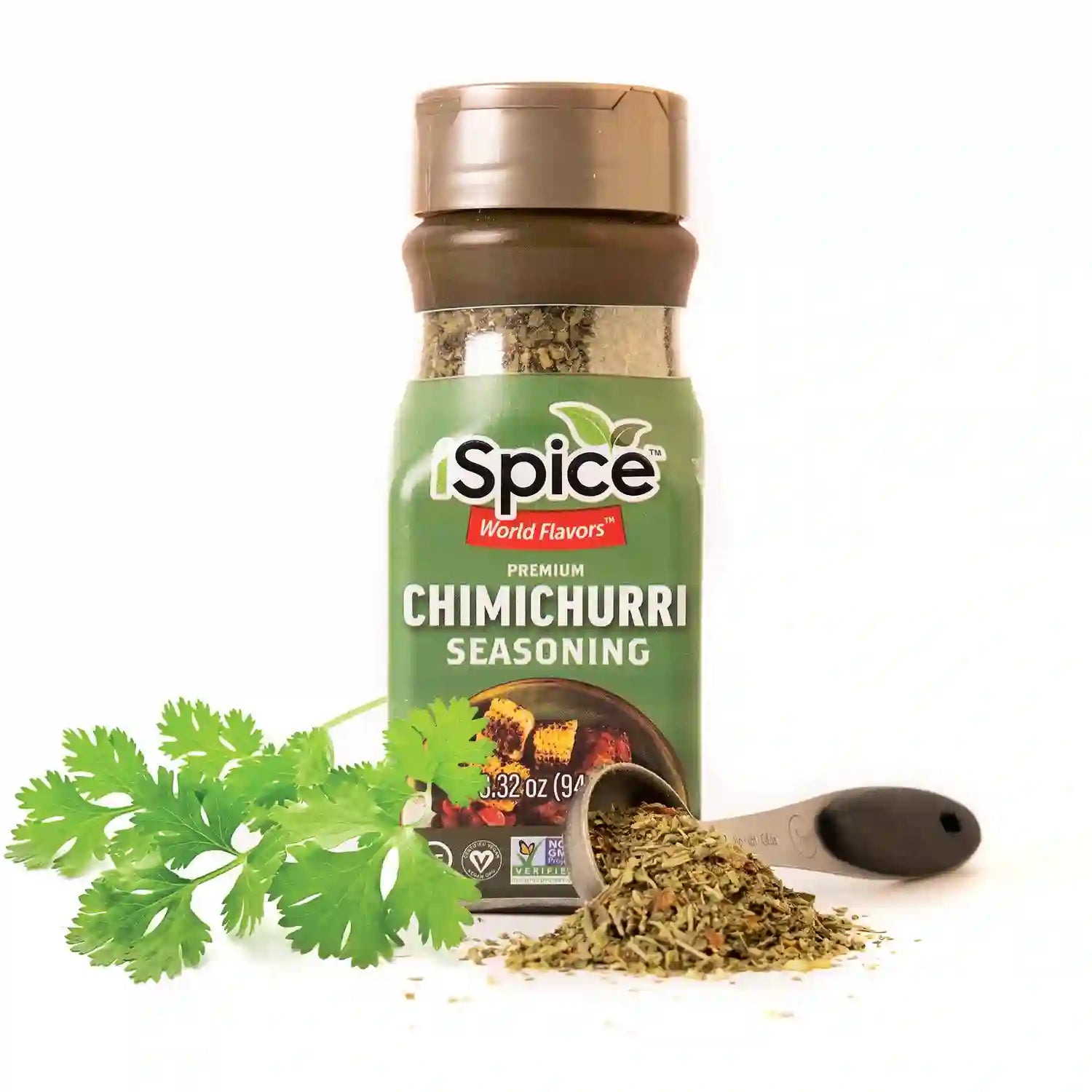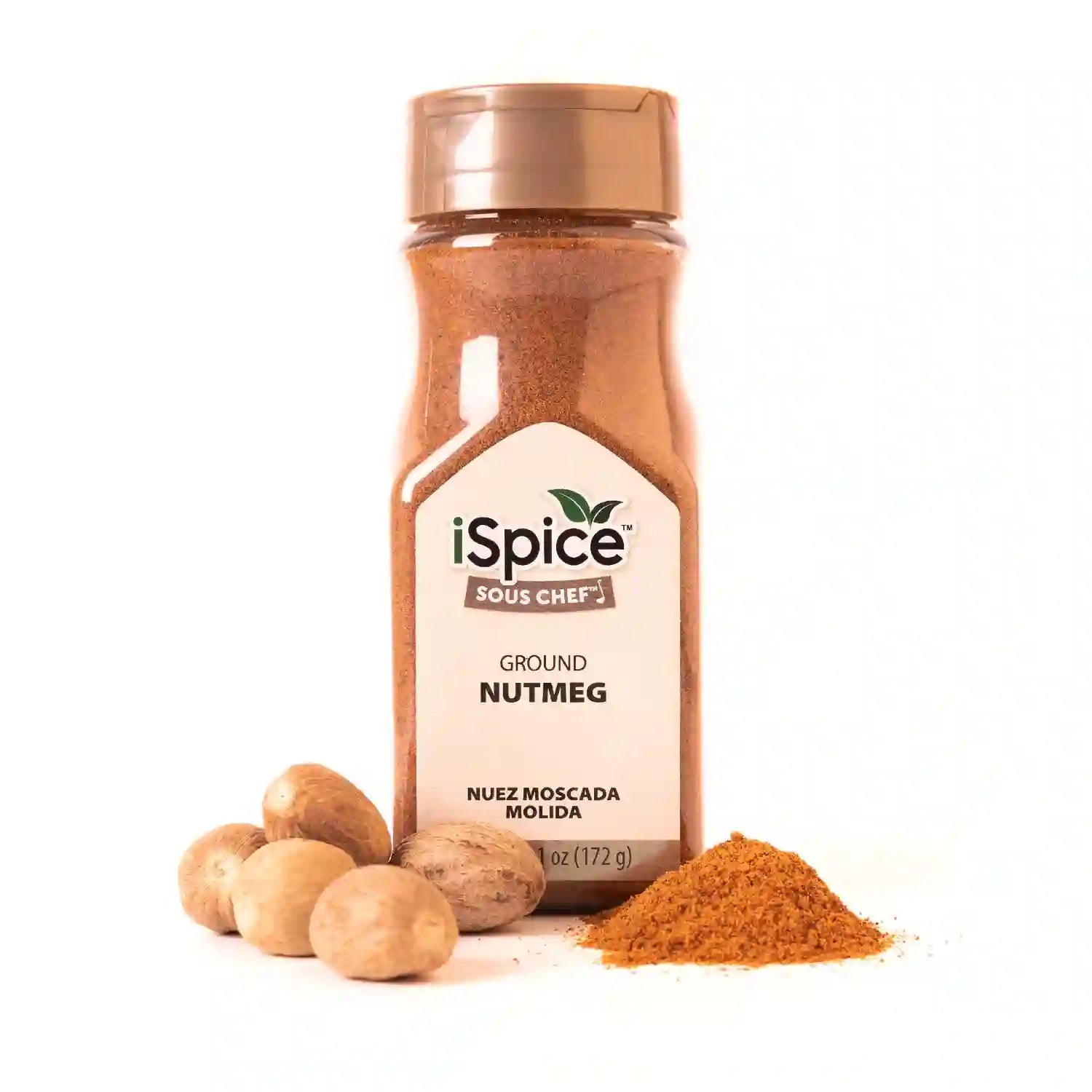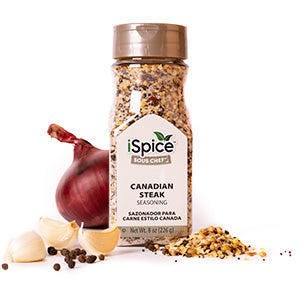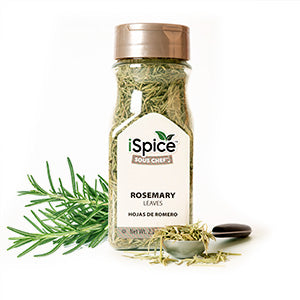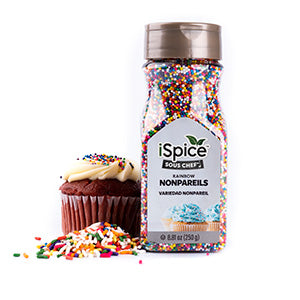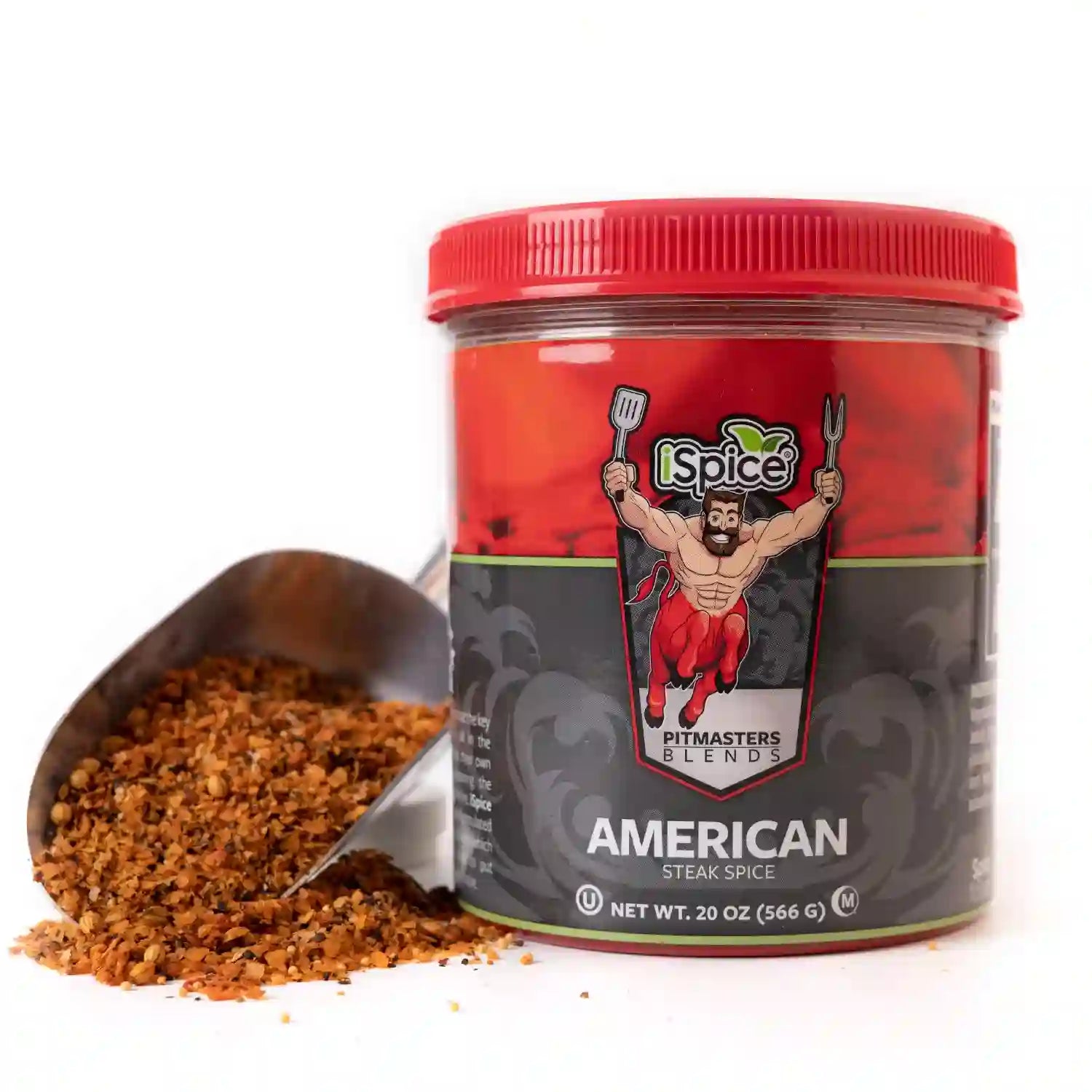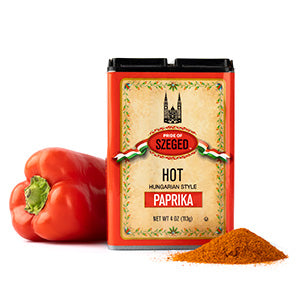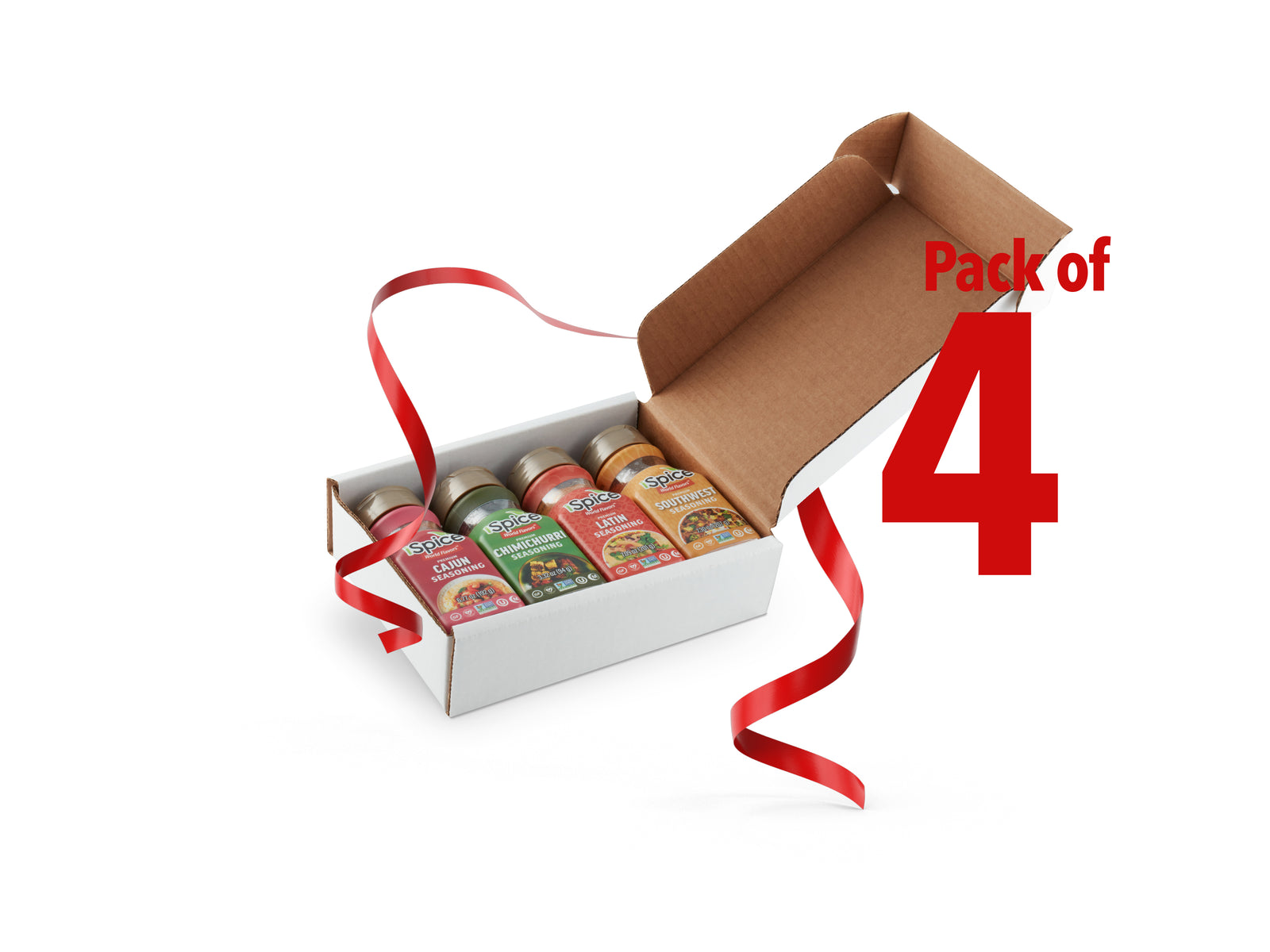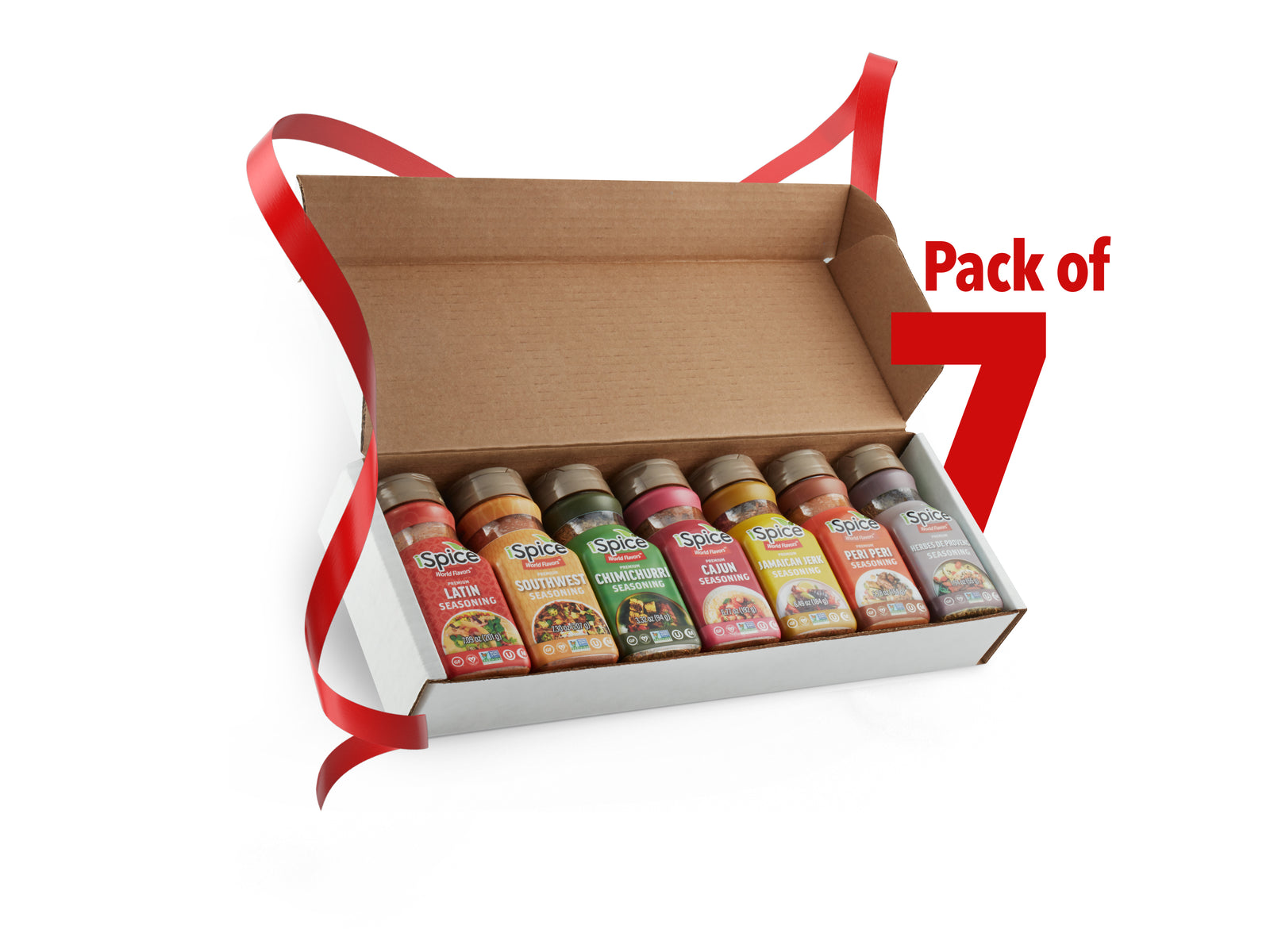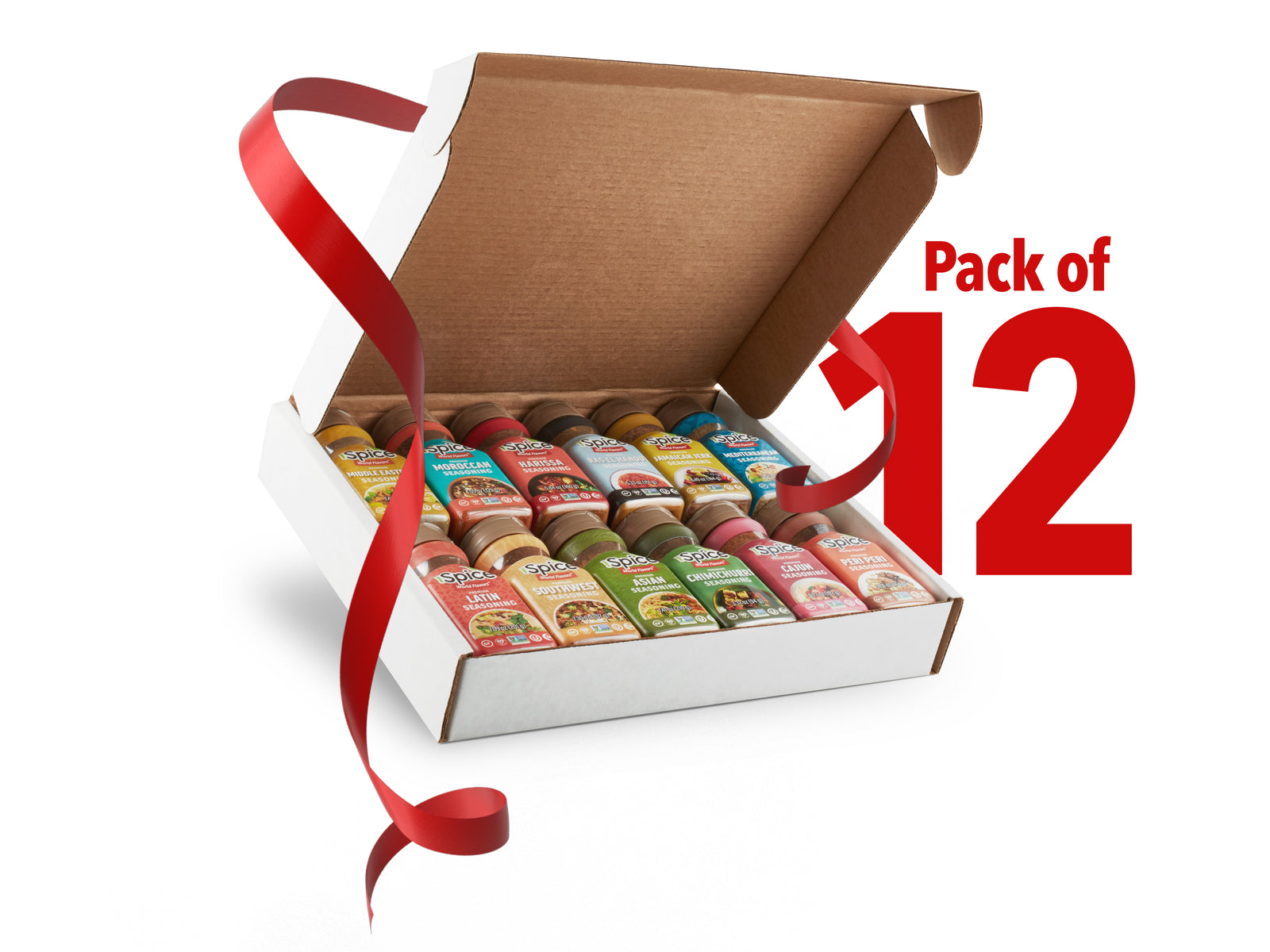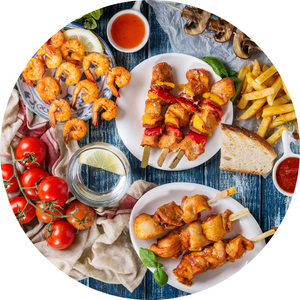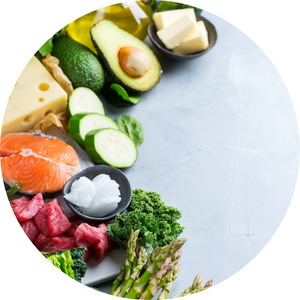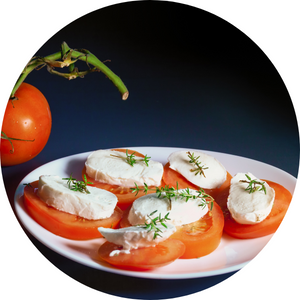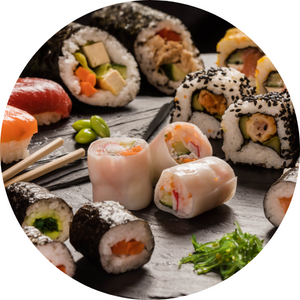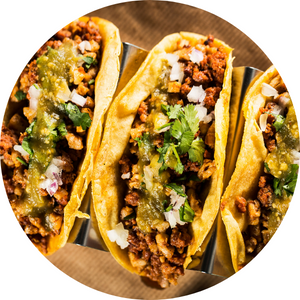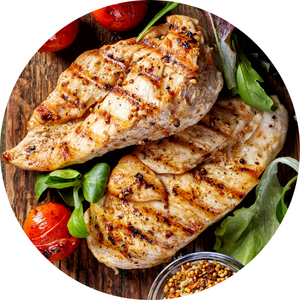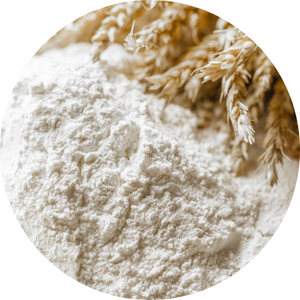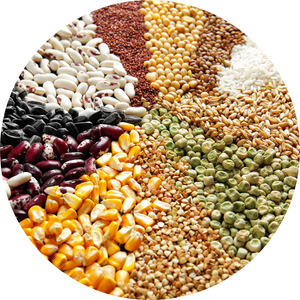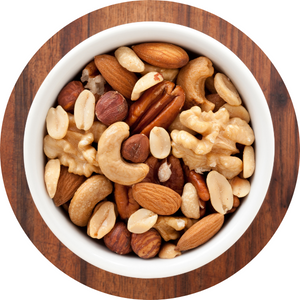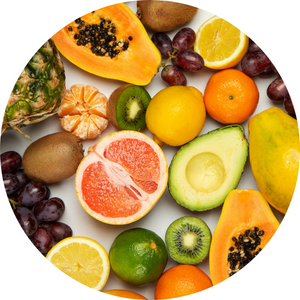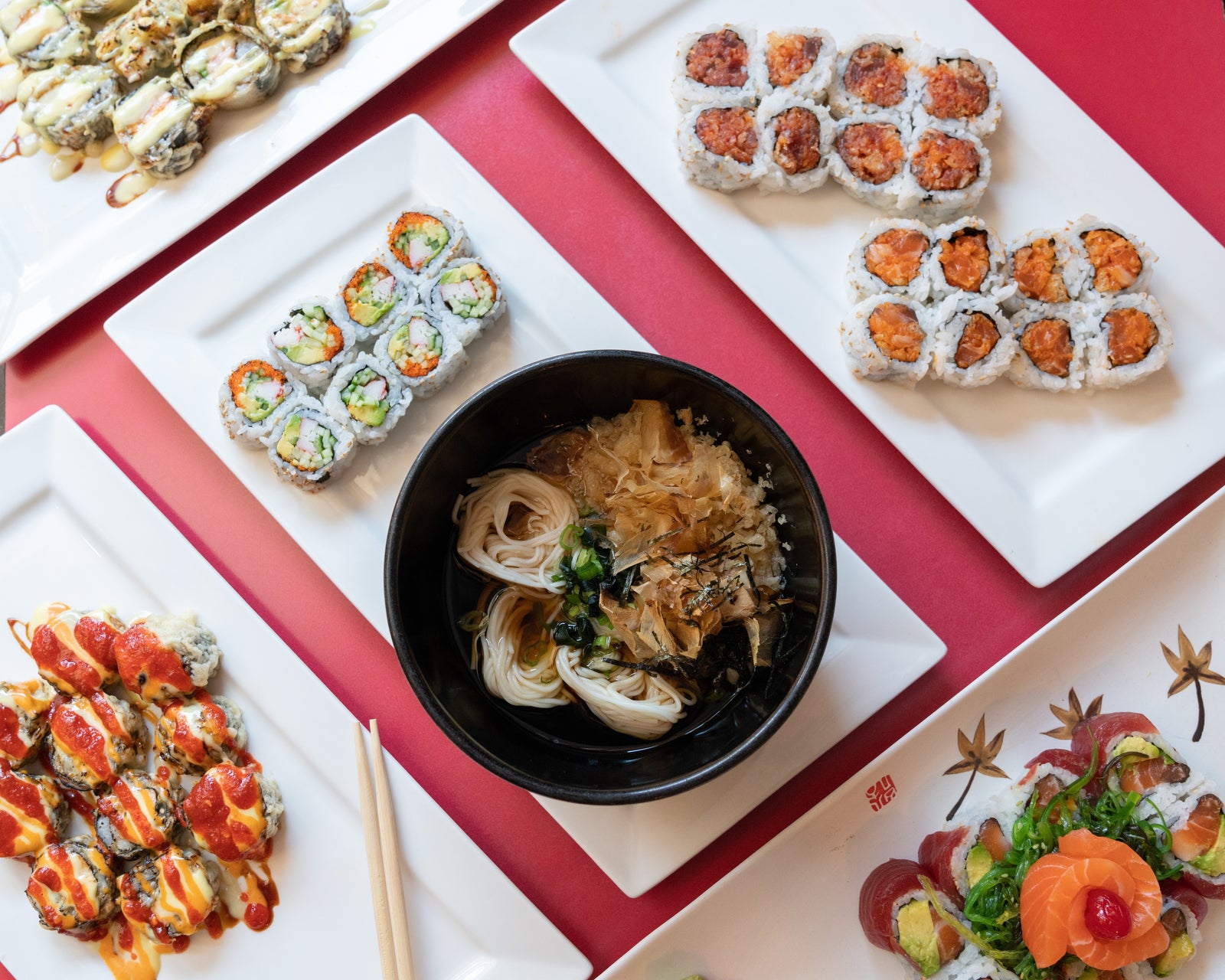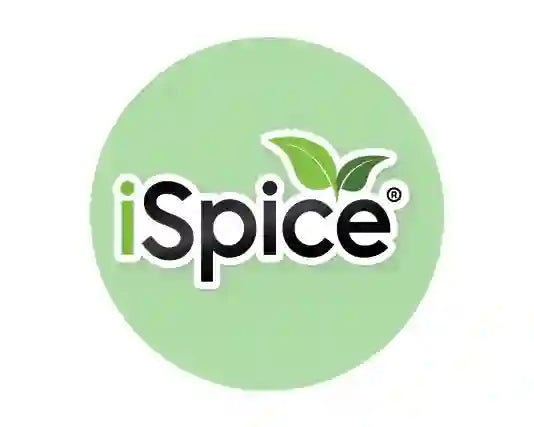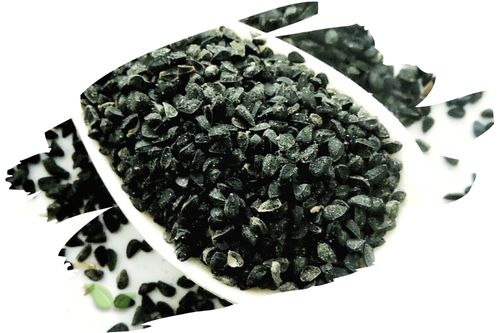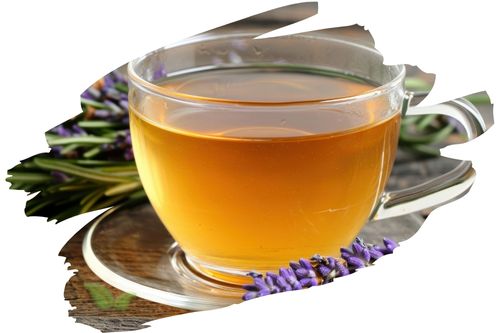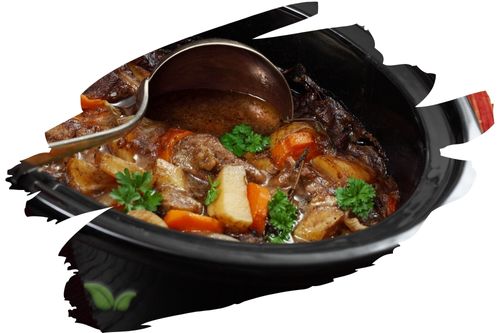
Introduction
Coriander, with its vibrant flavor and captivating aroma, is a versatile herb that can take your culinary creations to new heights. Whether you're a seasoned chef or an aspiring home cook, learning the art of cooking with coriander will enhance your dishes and impress your guests. In this article, we will share expert tips and tricks for using coriander like a Masterchef. From selecting the freshest coriander to incorporating it into different types of cuisine, you'll discover the secrets to mastering the art of cooking with coriander.
Selecting and Storing Fresh Coriander
Using fresh and vibrant coriander is crucial to achieving the best flavors in your dishes. Here are some tips for selecting and storing fresh coriander:
-
Look for Freshness: Choose coriander with bright green leaves and firm stems. Avoid wilted or yellowing leaves, as they indicate less freshness.
-
Smell the Aroma: Give the coriander a gentle sniff. It should have a fresh, citrusy aroma. Avoid coriander with a strong or unpleasant odor.
-
Whole Bunch or Loose Leaves: Decide whether you want a whole bunch of coriander or just the leaves. Whole bunches offer versatility as you can use both the leaves and stems, while loose leaves are convenient for quick and easy use.
-
Storage Tips: To store fresh coriander, trim the stems and place the bunch in a glass of water, similar to a bouquet of flowers. Cover it loosely with a plastic bag and keep it in the refrigerator. Alternatively, you can wrap the coriander in a damp paper towel and store it in a sealed plastic bag in the refrigerator. Proper storage will help maintain its freshness for a longer period.
Preparing Coriander for Cooking
Once you have your fresh coriander, it's essential to prepare it properly before using it in your dishes. Follow these steps to prepare coriander for cooking:
-
Rinse and Pat Dry: Rinse the coriander under cold water to remove any dirt or debris. Gently pat the leaves and stems dry with a paper towel or use a salad spinner to remove excess moisture.
-
Separating Leaves and Stems: Decide whether you want to use the stems along with the leaves or just the leaves. Both are flavorful, but the stems have a slightly milder taste. Chop the stems finely if using them in your dish.
-
Chiffonade Technique: To create a chiffonade of coriander leaves, stack several leaves on top of each other, roll them tightly, and slice thinly. This technique is great for garnishing dishes or adding a burst of fresh flavor.
Pairing Coriander with Different Cuisines
Coriander is a versatile herb that pairs well with a variety of cuisines. Here are some popular combinations to inspire your culinary adventures:
-
Asian Cuisine: Coriander is a staple in many Asian dishes. It pairs well with flavors found in Thai curries, Vietnamese pho, and Indian curries. Add it as a finishing touch or incorporate it into marinades and sauces for an extra burst of freshness.
-
Mediterranean Cuisine: Coriander complements the flavors of Mediterranean cuisine beautifully. Use it in Greek salads, tzatziki sauce, or as a garnish for falafel and hummus. Its citrusy notes add a refreshing twist to these dishes.
-
Mexican Cuisine: Coriander is a common ingredient in Mexican cuisine, where it is known as cilantro. It adds a bright, herbaceous flavor to dishes like guacamole, salsa, and tacos. It pairs exceptionally well with lime, chili, and avocado.
-
Middle Eastern Cuisine: In Middle Eastern dishes, coriander is often used in spice blends like za'atar. It adds depth to dishes like lamb kebabs, roasted vegetables, and pilafs. Its unique flavor profile complements the spices commonly used in Middle Eastern cuisine.
Enhancing Flavors with Coriander
Coriander has the power to enhance the flavors of your dishes in various ways. Here are some tips for maximizing coriander's impact:
-
Fresh Garnish: Use fresh coriander leaves as a garnish to add a pop of color and freshness to your dishes. Sprinkle it over soups, stews, curries, or roasted vegetables just before serving.
-
Flavorful Marinades: Incorporate ground coriander or finely chopped coriander stems into marinades for meat, poultry, or tofu. The herbaceous flavor of coriander will infuse the ingredients, adding depth and complexity.
-
Aromatic Rice and Grain Dishes: Add a handful of chopped coriander leaves to rice or grain dishes like pilafs or biryanis. The herbaceous flavor of coriander will permeate the dish, elevating its taste and aroma.
-
Homemade Spice Blends: Create your own spice blends by combining ground coriander with other complementary spices like cumin, turmeric, or chili powder. Experiment with different ratios to find your perfect blend.
Frequently Asked Questions (FAQs)
Q: Can I use coriander roots in cooking?
Yes, coriander roots are edible and can be used in cooking. They have a more intense flavor than the leaves and can be added to marinades, curries, or soups for added depth.
Q: Can I use dried coriander instead of fresh coriander in recipes?
While fresh coriander offers a vibrant flavor, dried coriander can be used as a substitute if fresh is not available. However, keep in mind that the flavor may be slightly different, so adjust the quantity accordingly.
Q: Are there any parts of coriander that are not edible?
All parts of coriander, including the leaves, stems, and roots, are edible. However, some people may find the stems to be slightly less flavorful than the leaves.
Q: Can I store coriander in the freezer?
Yes, you can freeze coriander for long-term storage. Wash and thoroughly dry the leaves, chop them, and place them in an airtight container or freezer bag. Frozen coriander can retain its flavor for up to six months.
Q: Can I use coriander in desserts?
Coriander can be used in certain dessert recipes, particularly those with citrus or tropical flavors. It adds a unique twist and complements flavors like lime, coconut, or mango.
Q: How can I reduce the bitterness of coriander?
If you find coriander to be bitter, try blanching the leaves in boiling water for a few seconds and then immediately transferring them to ice water. This technique can help reduce the bitterness.
Conclusion
Cooking with coriander opens up a world of possibilities to elevate your dishes to new heights. From selecting and storing fresh coriander to incorporating it into different cuisines, the tips and tricks shared in this article will help you unleash the full potential of this versatile herb. Embrace the flavors and aromas of coriander in your culinary adventures and impress your guests with sensational dishes that showcase your mastery in the kitchen.
Alert: While spices can have many beneficial properties for health, using them for medical purposes should be done under the guidance and supervision of a healthcare professional or specialist. Some spices may interact with medications or cause adverse reactions in certain individuals, and it is important to use them safely and appropriately. If you are considering using spices for a medical condition, it is important to consult with a healthcare professional before doing so.

